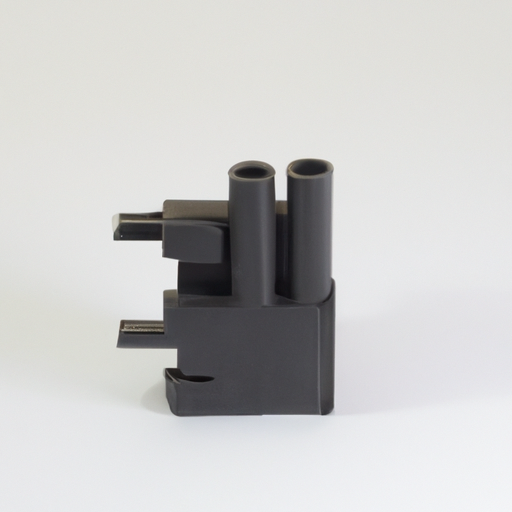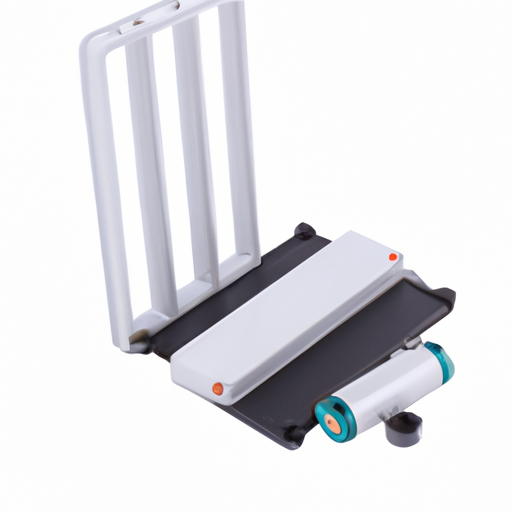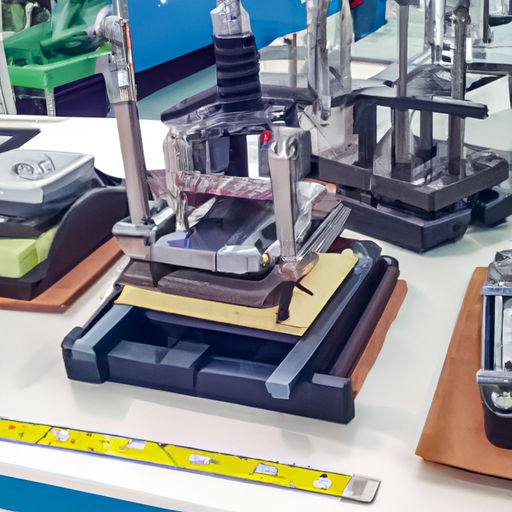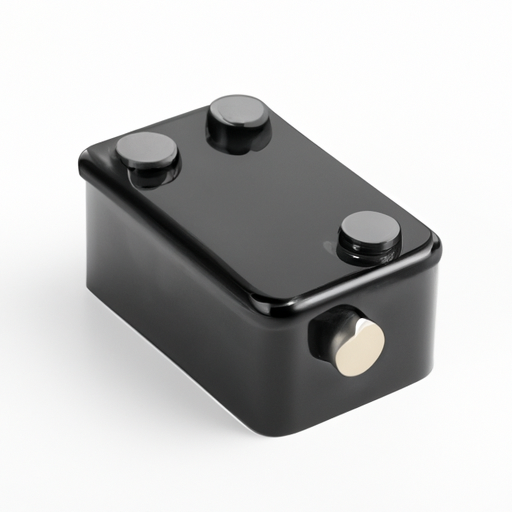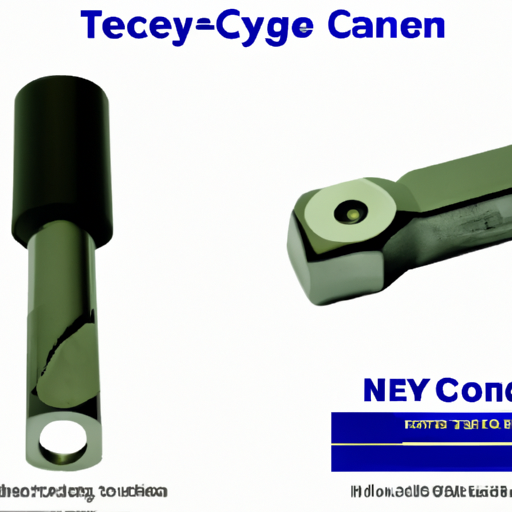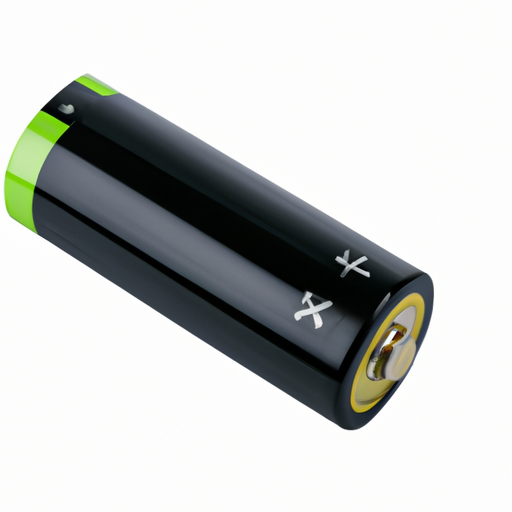Mainstream Battery Holder Terminal Product Series Parameters
I. Introduction
A. Definition of Battery Holder Terminals
Battery holder terminals are essential components in electronic devices, designed to securely hold batteries in place while providing electrical connections. These terminals ensure that batteries can be easily inserted and removed, facilitating the power supply to various electronic circuits.
B. Importance of Battery Holder Terminals in Electronic Devices
In the world of electronics, battery holder terminals play a crucial role. They not only provide a reliable connection between the battery and the device but also contribute to the overall safety and efficiency of the power system. A well-designed battery holder terminal can enhance the performance of the device, prolong battery life, and ensure user convenience.
C. Overview of the Document's Purpose
This document aims to provide a comprehensive overview of mainstream battery holder terminal product series parameters. It will explore the different types of battery holders, key specifications, design considerations, applications, market trends, and innovations in the field.
II. Types of Battery Holder Terminals
A. Standard Battery Holders
1. Description and Applications
Standard battery holders are designed to accommodate commonly used battery sizes, such as AA, AAA, and 9V batteries. These holders are widely used in consumer electronics, toys, and various portable devices. Their straightforward design allows for easy battery replacement, making them a popular choice for manufacturers.
2. Common Sizes (AA, AAA, 9V, etc.)
The most common sizes for standard battery holders include:
AA Holders: Typically used in remote controls, flashlights, and portable speakers.
AAA Holders: Commonly found in smaller devices like digital cameras and small toys.
9V Holders: Often used in smoke detectors, guitar pedals, and other electronic devices requiring higher voltage.
B. Specialty Battery Holders
1. Lithium-Ion Holders
Lithium-ion battery holders are designed specifically for rechargeable lithium-ion batteries, which are prevalent in modern electronics due to their high energy density and rechargeability. These holders often feature additional safety mechanisms to prevent overheating and overcharging.
2. Rechargeable Battery Holders
Rechargeable battery holders accommodate various types of rechargeable batteries, including NiMH and Li-ion. They are commonly used in devices that require frequent battery replacement, such as power tools and electric vehicles.
C. Custom Battery Holders
1. Tailored Solutions for Specific Applications
Custom battery holders are designed to meet the unique requirements of specific applications. Manufacturers can create tailored solutions that fit particular battery sizes, shapes, and mounting configurations, ensuring optimal performance in specialized devices.
III. Key Parameters of Battery Holder Terminals
A. Material Composition
1. Common Materials Used (Plastic, Metal, etc.)
Battery holder terminals are typically made from a variety of materials, including:
Plastic: Lightweight and cost-effective, plastic holders are commonly used in consumer electronics.
Metal: Metal holders provide enhanced durability and conductivity, making them suitable for industrial applications.
2. Impact of Material on Performance and Durability
The choice of material significantly impacts the performance and durability of battery holders. For instance, metal holders may offer better electrical conductivity and resistance to wear, while plastic holders may be more susceptible to damage from heat or chemicals.
B. Electrical Specifications
1. Voltage Ratings
Battery holder terminals are designed to accommodate specific voltage ratings, which are crucial for ensuring compatibility with the batteries used in electronic devices. Common voltage ratings include 1.5V for AA and AAA batteries and 9V for larger batteries.
2. Current Ratings
Current ratings indicate the maximum amount of current that a battery holder can safely handle. This is essential for preventing overheating and ensuring the longevity of both the battery and the device.
3. Resistance Levels
Resistance levels in battery holders can affect the efficiency of power transfer. Low-resistance holders are preferred for high-performance applications, as they minimize energy loss.
C. Mechanical Specifications
1. Dimensions and Size Variations
Battery holders come in various dimensions to accommodate different battery sizes. Manufacturers often provide detailed specifications to ensure compatibility with specific battery types.
2. Mounting Options (Surface Mount, Through-Hole, etc.)
Battery holders can be designed for different mounting options, including surface mount and through-hole configurations. The choice of mounting type depends on the design of the electronic device and the available space.
D. Environmental Considerations
1. Temperature Range
Battery holders must be able to operate within a specified temperature range to ensure reliable performance. Extreme temperatures can affect battery efficiency and lifespan.
2. Humidity Resistance
Humidity resistance is crucial for battery holders used in outdoor or high-humidity environments. Holders designed for such conditions often feature moisture-resistant materials and seals.
3. Chemical Resistance
In industrial applications, battery holders may be exposed to various chemicals. Chemical resistance is an important parameter to consider when selecting battery holders for specific environments.
IV. Design Considerations
A. User-Friendly Design Features
1. Ease of Battery Insertion and Removal
User-friendly design features, such as spring-loaded contacts and clear labeling, enhance the ease of battery insertion and removal. This is particularly important for consumer electronics, where users may frequently change batteries.
2. Secure Battery Retention Mechanisms
Secure battery retention mechanisms, such as clips or locking tabs, ensure that batteries remain firmly in place during operation, preventing accidental disconnection.
B. Safety Features
1. Short-Circuit Protection
Short-circuit protection is a critical safety feature that prevents damage to the device and battery in the event of a short circuit. Many modern battery holders incorporate fuses or circuit breakers for added safety.
2. Over-Voltage Protection
Over-voltage protection mechanisms help prevent damage to sensitive electronic components by limiting the voltage supplied to the device.
C. Aesthetic Considerations
1. Color and Finish Options
Aesthetic considerations, such as color and finish options, can enhance the overall appearance of electronic devices. Manufacturers often offer a range of colors to match the design of the product.
2. Branding Opportunities
Battery holders can also serve as branding opportunities for manufacturers, allowing them to incorporate logos or branding elements into the design.
V. Applications of Battery Holder Terminals
A. Consumer Electronics
1. Remote Controls
Battery holders are commonly used in remote controls, providing a reliable power source for operation.
2. Toys
Many toys utilize battery holders to power lights, sounds, and movement, making them an essential component in the toy industry.
B. Industrial Applications
1. Power Tools
Battery holders are critical in power tools, providing the necessary power for operation while ensuring safety and reliability.
2. Medical Devices
In medical devices, battery holders must meet stringent safety and performance standards, as they are often used in life-saving equipment.
C. Automotive Applications
1. Key Fobs
Battery holders in key fobs provide the necessary power for remote locking and unlocking of vehicles.
2. Sensors
Automotive sensors often rely on battery holders to ensure continuous operation, contributing to vehicle safety and performance.
VI. Market Trends and Innovations
A. Emerging Technologies in Battery Holders
1. Smart Battery Holders
Smart battery holders are emerging as a trend, integrating technology that allows for monitoring battery health and performance. These holders can provide real-time data to users, enhancing the overall user experience.
2. Integration with IoT Devices
As the Internet of Things (IoT) continues to grow, battery holders are being designed to integrate seamlessly with IoT devices, providing reliable power solutions for connected devices.
B. Sustainability Trends
1. Eco-Friendly Materials
Sustainability is becoming increasingly important in the battery holder market. Manufacturers are exploring eco-friendly materials and production processes to reduce environmental impact.
2. Recycling Initiatives
Recycling initiatives are also gaining traction, with manufacturers encouraging the recycling of battery holders and batteries to promote a circular economy.
VII. Conclusion
A. Summary of Key Points
Battery holder terminals are vital components in electronic devices, providing secure connections and reliable power sources. Understanding the different types, key parameters, design considerations, and applications of battery holders is essential for manufacturers and consumers alike.
B. Future Outlook for Battery Holder Terminal Products
As technology continues to evolve, the demand for innovative and efficient battery holder solutions will grow. Manufacturers will need to adapt to changing market trends, focusing on sustainability and smart technology integration.
C. Final Thoughts on Selection and Usage
When selecting battery holder terminals, it is crucial to consider the specific requirements of the application, including size, material, and safety features. By understanding these parameters, manufacturers can ensure optimal performance and reliability in their electronic devices.
VIII. References
A. Industry Standards and Guidelines
- International Electrotechnical Commission (IEC) standards for battery holders.
- Underwriters Laboratories (UL) safety standards.
B. Manufacturer Specifications
- Technical datasheets from leading battery holder manufacturers.
C. Academic and Technical Publications
- Research articles on battery technology and holder design innovations.
This comprehensive overview of mainstream battery holder terminal product series parameters provides valuable insights for manufacturers, engineers, and consumers, ensuring informed decisions in the selection and usage of these essential components.

